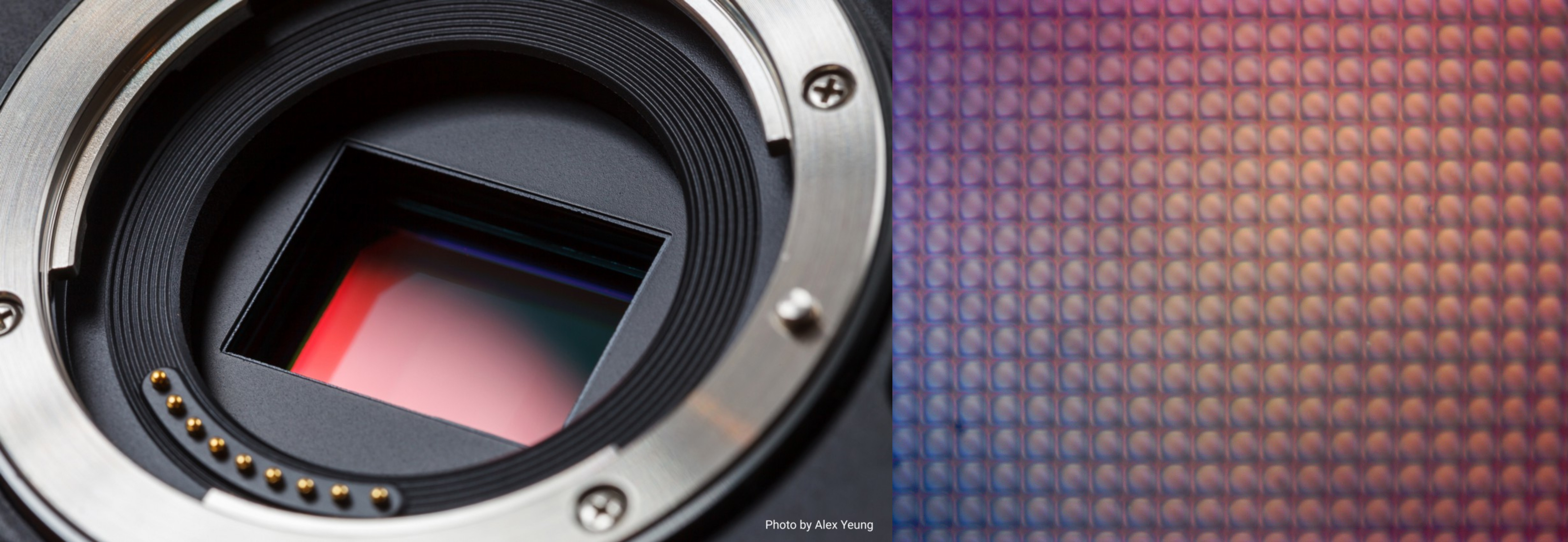What is a Pixel? Can you touch it ?
 Yunus Temurlenk
Yunus TemurlenkWe have all heard about pixels in our daily life but do we know what are they? Let's start to learn more about it.
You are able to read this article because you have eyes. Your eyes have thousands of receptor cells which give you the ability to see. Can you also see in a pitch-dark room? No, you can not, because there is no light. So seeing perception is somehow related to light. That is correct. When you are looking at the screen, light comes through your eye's receptor cells and triggers them. These receptors send the data to the brain via on nervous system, and the brain perceives the vision. That is how we see simply.

With an analogy, we can say that pixels are the receptor cells in our eyes. Okay, let's talk about what a pixel is. Pixel is an abbreviation, it is not a word that exist before. It stands for "picture element". It seems they didn't want to call it "Pictel" or kinds of words. Pixel is the smallest unit in a picture(image). Thousands of pixels get together and form an image.
Can you touch a pixel ?
No, you can not because it is not a physical element, it is just a digital representation of a point of color on an image. However, you can feel it by the numbers and colors. Each pixel has a mathematical represantation and it is between 0 and 255. Why it is between these numbers? It can be also a different scale nowadays but for now, we can consider it with no mistake between 0 and 255. A pixel can take 256 different values, it is 256 because years ago computers were 8-bit so 2⁸=256. We may have a look at it in more detail in another article.
How do we get those numbers?
Images are created by cameras and each camera has a sensor inside. A camera sensor is made up of millions of individual cells, also known as photosites or photo-sensitive cells. The number of cells in a camera sensor depends on the resolution of the sensor and the size of the sensor itself. Resolution is simply the sum of the number of pixels in an image. To give an example: an image is represented as 640x480 (width x height) which means it has 640x480 = 307.200 pixels or it has 307.200 physical photo-sensitive cells(photosites) inside its sensor. Did you see a big camera ? We can check how small they are even on our mobile phones. Photosites are extremely small, typically measuring between 1.4 and 3.0 micrometers (µm) on a side.

If we back to the question: how do we get those numbers? Light has an energy and these photosites are able to perceive this energy just like our eyes. They get the light and they produce electrical energy which has a numerical representative in physics. This number has a peak and trough. When you proportioned it to between 0 and 255 we get the value of each pixel.
From numbers to the color
0 means nothing so no energy and they decided 0 is black. 255 which is the peak one means the maximum energy and is represented as white. White is full of energy, that's why I am writing this article in a dark mode. Otherwise, my eyes will be getting tired easily. Colors should be the topic of another article.
I believe that everything we see in the world of technology is nothing but just a copy of nature. In conclusion, this is my first article in my own words on my blog and I have started from the first step of the computer vision area.
Subscribe to my newsletter
Read articles from Yunus Temurlenk directly inside your inbox. Subscribe to the newsletter, and don't miss out.
Written by

Yunus Temurlenk
Yunus Temurlenk
Hi all and welcome. I am Yunus, a developer, a researcher, entrepreneur and a father :). I am mostly interested in Coputer Vision, Image Processing. My prohects, blogs are based on them mostly. The tools are I am using: Qt, OpenCV, C++, Qml.